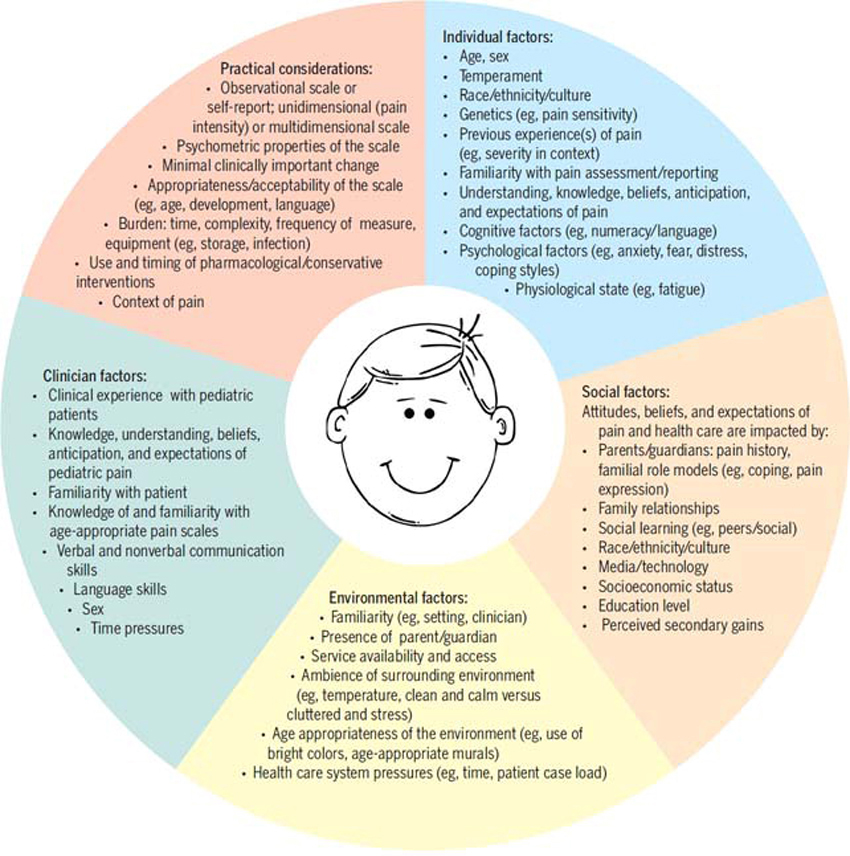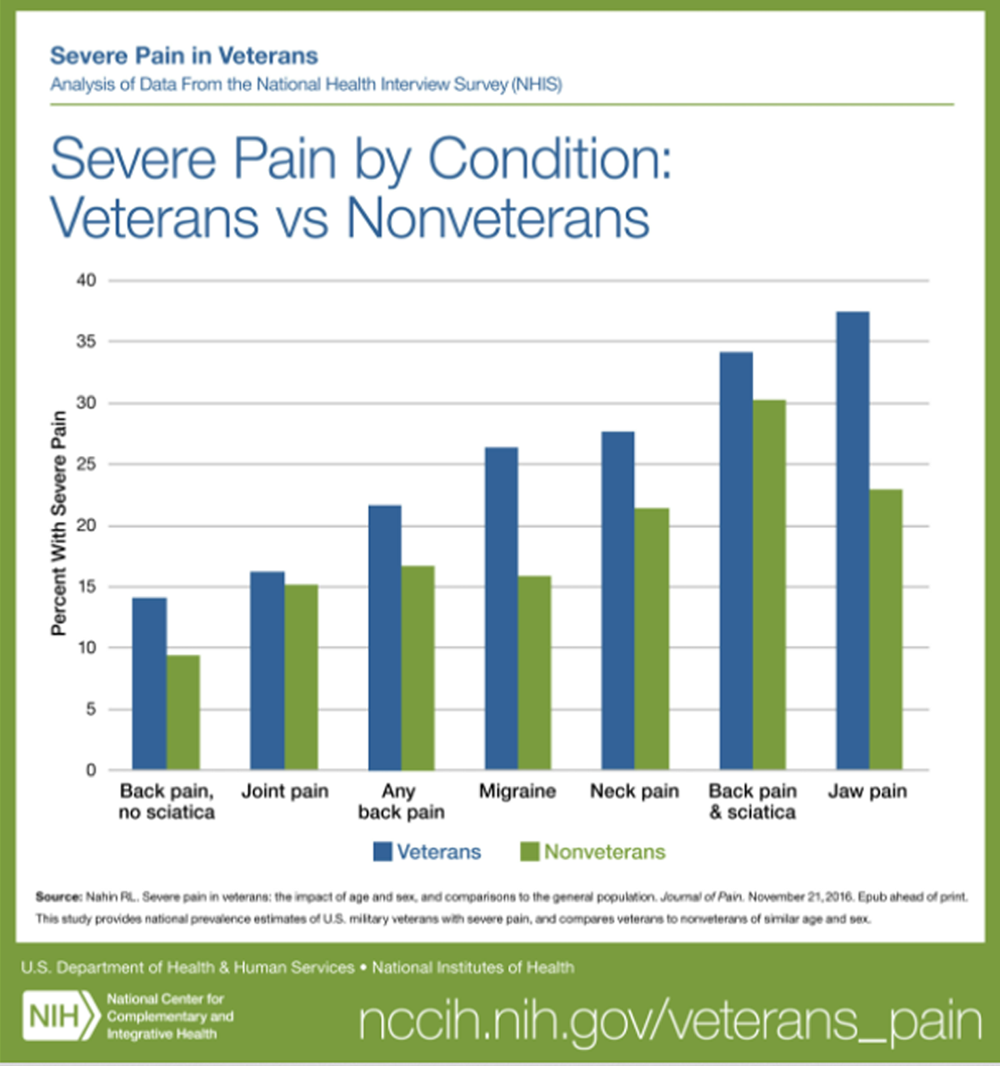Chiropractic Lexicon: Useful or Not?
Chiropractic Lexicon: Useful or Not?
SOURCE: Asia Pacific Chiropractic Journal 2023; 3.3
David Cahill, BAppSc(Chiro)
President,
Australian Chiropractors Association
Obtaining an ultimate definition of this ‘something’ we have been addressing, successfully, for over 125 years is elusive, yet this allows flexibility when defining it within different contexts. This provides space for chiropractors to do this (both consciously and subconsciously) every day in practice, and over time to use their growing experience to add complexity and subtlety to their conceptual framework, and their application of their science and art. Millions of patients over the years would attest to the value in that.
Indexing Terms: chiropractic; subluxation; definition; lexicon; rhetoric
From the FULL TEXT Article:
We all address something
For well over a century, chiropractors have successfully been addressing ‘something’, primarily within the spine and its adjacent structures. They observed a phenomenon and devised ways to impact upon it. This resulted in health outcomes significant enough to grow a profession, and an associated body of literature evidence.
Words were chosen
It was chosen early on to use the term subluxation, which is understandable as it often feels to palpation that some sort of misplacement is involved. Right from the very start, it was more than a ‘bone out of place’. Neurological involvement was part of the concept from the beginning, endeavouring to explain the body-wide effects that were observed.
Concepts were developed
Over the years, conceptual frameworks for the ‘something’ were developed. This conceptual development was significantly clinician-driven and therefore, one would imagine, informed and motivated by patient outcomes; to this day our great strength. With time, these frameworks gained considerable complexity, and diversity. Again, this is understandable, as human beings are both complex and diverse. For example, the SOT group had a focus on dural attachments, CSF flow, and their relationship to the functioning of the sacrum and cranium; the various upper cervical techniques zeroed-in on adjusting C0, C1 and C2; Logan had more of a base-up approach, as did Gonstead, etc.
There are more articles like this @ our:





